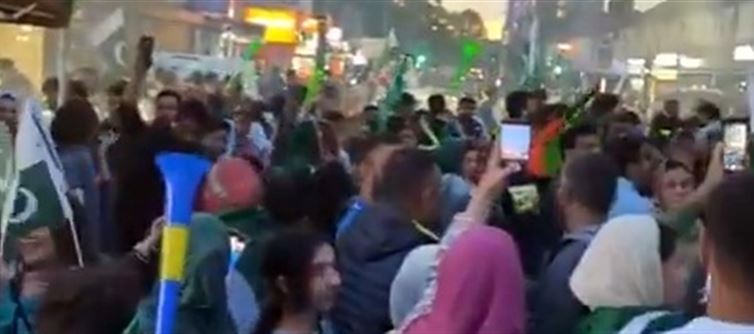
This perception is intensified when these events are seen as eclipsing british symbols or values, especially in areas where local demographics have shifted significantly over time. Critics argue that these displays sometimes project a message of ethnic or religious dominance rather than integration, raising questions about the balance between multiculturalism and national cohesion. On the other hand, supporters counter that cultural expression is a hallmark of a free society, and such displays are no different from Irish parades on St. Patrick’s Day or Italian celebrations during sporting victories. The problem, they argue, lies not in the flags but in the unwillingness of some to accept that british identity can be multi-layered and evolving.
Nonetheless, these tensions underscore a broader challenge facing the UK: how to foster a sense of shared national identity while respecting the rights of communities to celebrate their heritage. Visible expressions of pride—whether religious, ethnic, or national—should not be automatically viewed as attempts to "dominate," but they must also be situated within a framework of mutual respect and civic unity. For integration to succeed, all communities must feel both free to express themselves and responsible for contributing to a common social fabric that prioritizes coexistence, not division.




 click and follow Indiaherald WhatsApp channel
click and follow Indiaherald WhatsApp channel